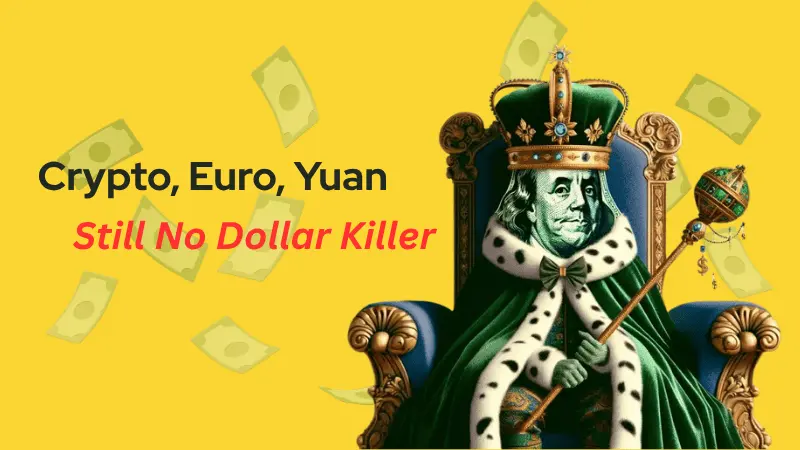简体中文
繁體中文
English
Pусский
日本語
ภาษาไทย
Tiếng Việt
Bahasa Indonesia
Español
हिन्दी
Filippiiniläinen
Français
Deutsch
Português
Türkçe
한국어
العربية
Indian rice rates ease, soaring inflation feeds into Vietnam prices
Abstract:Top exporter India's 5% broken parboiled variety was quoted at $364 to $368 per tonne, down from last week's $365-$369, on a weak rupee and higher supplies after the extension of the government's plan of providing free food grains to poor people.
Prices of rice exported from India dipped this week as supplies increased, while soaring inflation in Asia seeped into Vietnamese prices despite muted trading activity.
Top exporter India's 5% broken parboiled variety was quoted at $364 to $368 per tonne, down from last week's $365-$369, on a weak rupee and higher supplies after the extension of the government's plan of providing free food grains to poor people.
Bangladesh, traditionally the world's third biggest rice producer with around 35 million tonnes of annual output, expects to produce 20 million tonnes of summer rice variety this season.
Vietnam's 5% broken rice were offered at $420-$425 per tonne, versus $400-$415 last week.
“Prices rose due to the general inflation situation in the world, especially food prices,” a trader in Ho Chi Minh City said.
“Farmers have to pay more for fertilisers and pesticides.”
However, trading activity remains quiet, and the winter-spring harvest in the Mekong should be completed by month-end.
Spiralling prices for ingredients and material that started with supply chain snags during the COVID-19 pandemic and now being propped up by the war in Ukraine, are squeezing businesses and consumers in Asia.
Thailand's 5% broken rice prices were unchanged at $408-$412 a tonne, as the market was closed for Songkran, the traditional New Year holiday.

Disclaimer:
The views in this article only represent the author's personal views, and do not constitute investment advice on this platform. This platform does not guarantee the accuracy, completeness and timeliness of the information in the article, and will not be liable for any loss caused by the use of or reliance on the information in the article.
Read more

Crypto, Euro, Yuan: Still No Dollar Killer
Despite frequent “de-dollarization” headlines, the U.S. dollar remains unrivaled due to unmatched market depth, global usability, and trusted legal/institutional frameworks. Crypto and other currencies (euro, yuan) lack the stability, convertibility, and infrastructure required to replace the USD, while the Fed’s credibility and the scale of U.S. financial markets continue to anchor demand. Bottom line: no alternative currently offers a complete, credible substitute for the dollar’s global role.

100% Tariff Incoming: Trump Announces November Hike on China
The U.S. will impose an additional 100% tariff on Chinese imports starting Nov. 1, 2025—potentially earlier—alongside new export controls on “critical software,” escalating tensions after Beijing’s rare-earth curbs, new port fees, a Qualcomm probe, and a halt to U.S. soybean purchases. Stocks fell on the news. Key context: some U.S.-China tariffs remain paused until Nov. 10, a Supreme Court case could reshape Trump’s tariff authority, new U.S. duties on cabinets (Oct. 1) and wood products (Oct. 14) are in force, and a pause on Mexico tariffs is set to end next month.

What is NFP in Forex? An Insightful Guide for Traders
The Non-farm Payroll (NFP) report may be for the US. However, the report, which is issued every month, impacts the forex market globally. The monthly report estimates the number of jobs gained in the US in the previous month. The job numbers stated on this report exclude those of farms, private households, and non-profit organizations. Usually released on the first Friday of the month, the report also includes the US unemployment rate, average hourly earnings, and participation rate. In this article, we have answered the question - what is NFP in forex - and shared other pertinent details. Read on!

Fed Rate Cuts May Not Happen in July, Markets Await Policy Meeting Minutes Release
Federal Reserve officials had a meeting on June 17-18 during which some of them expressed a fall in interest rates in July. However, a lot of policymakers are still worried about the inflationary pressures that might emerge from US President Donald Trump’s import tariff decisions aimed at changing global trade. So, it seems the rate cut may not happen in July. Read this to know more.
WikiFX Broker
Latest News
Forex Expert Recruitment Event – Sharing Insights, Building Rewards
Admirals Cancels UAE License as Part of Global Restructuring
Moomoo Singapore Opens Investor Boutiques to Strengthen Community
OmegaPro Review: Traders Flood Comment Sections with Withdrawal Denials & Scam Complaints
An Unbiased Review of INZO Broker for Indian Traders: What You Must Know
Is Fyntura a Regulated Broker? A Complete 2025 Broker Review
PINAKINE Broker India Review 2025: A Complete Guide to Safety and Services
Is Inzo Broker Safe or a Scam? An Evidence-Based Analysis for Traders
Is Uniglobe Markets Legit? A 2025 Simple Guide to Its Safety, Services, and User Warnings
Is Forex Zone Trading Regulated and Licensed?
Currency Calculator



